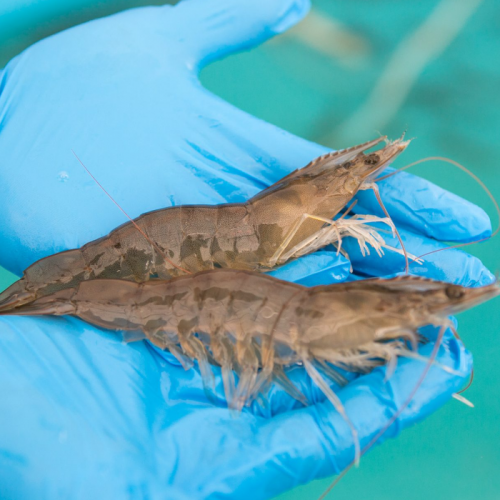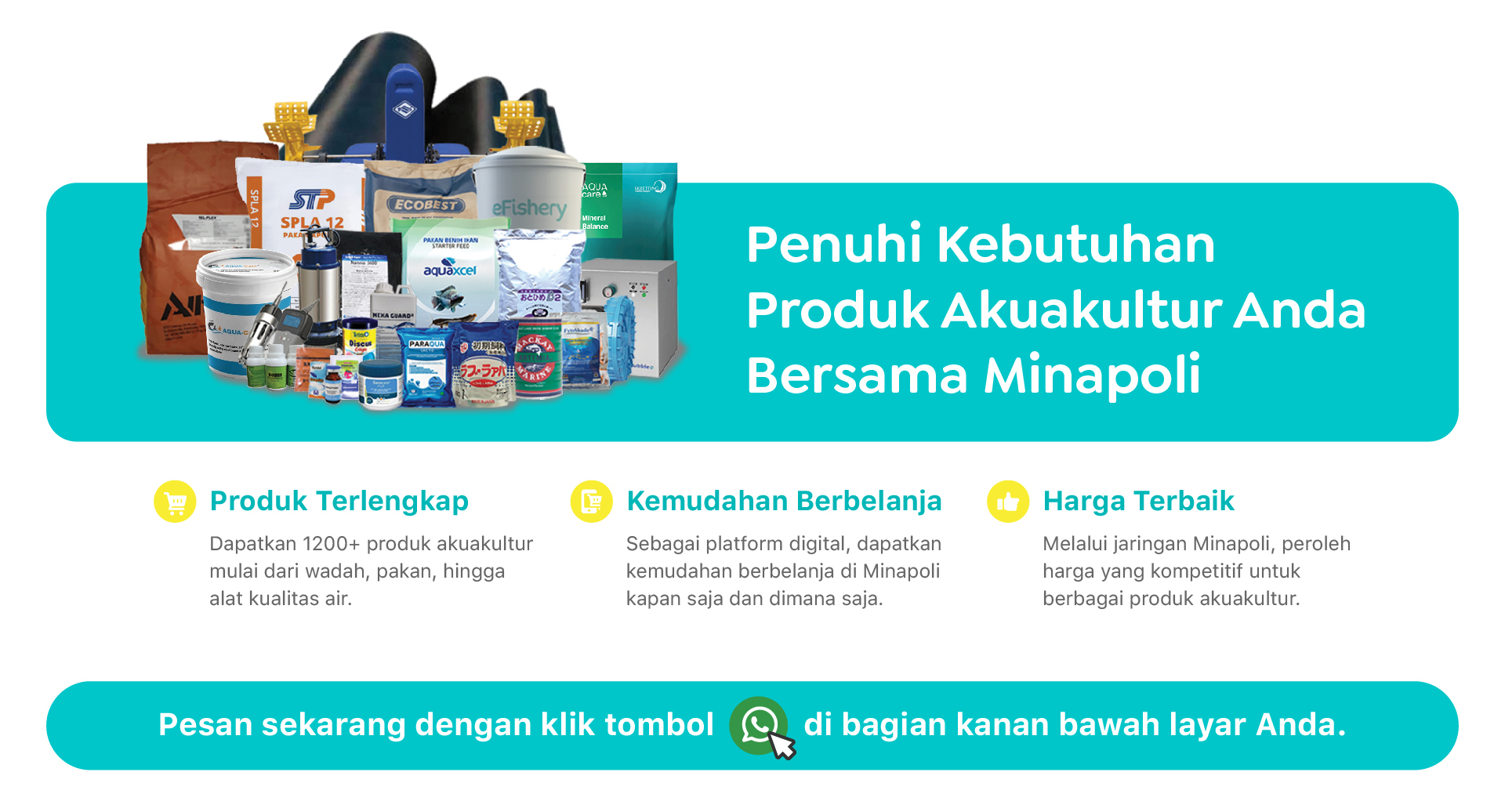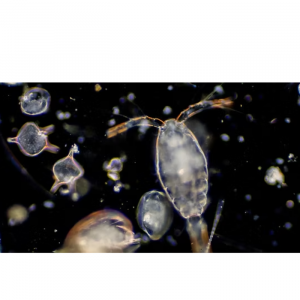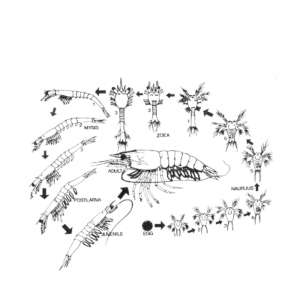
Can Genetically-improved Shrimp Deal with Disease Challenges in Indonesia?
| Tue, 17 May 2022 - 14:47
This article on “Can genetically-improved shrimp deal with disease challenges in Indonesia?” first appear at The Fish Site
Shrimp that have been bred for their resistance to disease and ability to thrive despite environmental challenges should be valued as highly – if not more highly – than those bred for their growth rates in many parts of Indonesia.
Indonesia’s shrimp farming areas can be classified into three levels, based on their environmental quality and diseases status. Experts have different terms to describe these, but – simply put – they can be divided into green, red and yellow zones. The green zones are those areas which are still ideal for cultivation, with fewer environmental and disease issues. The red zones are those where the environmental conditions make farming more challenging due to the high risk of disease. Meanwhile, yellow zones are those with an intermediate disease risk status.
Despite suggestions to introduce such a classification, there are currently no standard parameters to demarcate an area’s disease status and many people think that the government or shrimp associations need to make this mapping. Farmers also need to know this zoning in order to carry out appropriate cultivation practices – not least so they can buy shrimp seed with the appropriate level of disease-resistance.
Read more: Why Genetics is Key to The Evolution of Aquaculture
Survival and Balanced Genetics
A mind-blowing statement came from Barry Amru, an Indonesian representative of American Penaeid Inc (API) at the recent webinar series BincangUdang (ShrimpTalk) held by Indonesian Shrimp Forum (Forum Udang Indonesia/FUI), Indonesian Shrimp Hatchery Communication Forum (Forum Komunikasi Pembenih Udang Indonesia/FKPUI) and Minapoli. He said that the growth rate of the best genetic lines of shrimp is now two to three times faster than it was 30 years ago. However, at the same time, the survival rate actually decreased by two to three times as well.
Using genetics to improve growth rates is optimal if the pond and environment are still in ideal condition and have had fewer historical disease outbreaks. However, in reality, disease has become such a key issue in shrimp culture that breeding programmes should also concentrate on disease-resistance and the shrimp’s ability to survive in challenging environmental conditions – not just on growth rates.
Amru suspects that pathogens such as the bacterium Vibrio parahaemolyticus, which causes AHPND, have been naturally present in shrimp ponds for a long time. However, he believes that it only started to pose a risk to shrimp after they had been genetically selected primarily for growth rates.
American Penaeid, which has experience in commercial grown-out production and broodstock production, first entered the Indonesian market in July 2020. They have since developed a line of shrimp broodstock that is supposed to have superior survival rate, which it has named the Komodo Line. Amru claims that the broodstock produced by API has a survival rate of 20 percent above the average and a growth rate of 80 percent of the average. This has a survival rate similar to shrimp in the wild, and a nocturnal trait that can affect the feeding time management.
Read more: A Pioneering Perspective on Shrimp Genetics
In addition to API, Kona Bay Indonesia, Benchmark Genetics and SyAqua are also developing broodstock lines with superior traits for survival. These include Kona Bay Strength, BMK Protect from Benchmark and AHPND/EMS-resistant broodstock from SyAqua. SyAqua have also created a Balanced Line broodstock to accommodate moderate environmental conditions and disease histories.
Production manager of Kona Bay Indonesia’s broodstock multiplication centre, Teddy Pietter, said that, like other animals, shrimp also have limitations to accommodate all genetic advantages. So the choice now is to either moderate all genetics or choose one that is superior. Relying on one means lowering the other advantages below the optimal level.
One of the Keys to Sustainability
Genetic lines that have been selected for survival have become a necessity for farmers to deal with disease and keep production at a good level. In addition to maintaining farm productivity, it is also needed to increase national production and keep the overall shrimp farming industry sustainable.
A study of the history of shrimp farming in recent decades shows a pattern of the opening of new lands for ponds, while many established ponds are fallowed or abandoned due to continuous disease issues. This is one of the factors why national production levels has not increased more significantly, despite the establishment of many new ponds. However, it is thought that shrimp with superior traits for survival can make cultivation in many of these abandoned ponds feasible again.
Read more: Sustainable Aquaculture to Feed The World
Indonesian shrimp farming veteran Hasanuddin Atjo agrees on the importance of shrimp genetics. According to him, genetics is one of three strategies – alongside environmental improvement and mechanisation – that have been implemented by India and Ecuador to boost their shrimp productivity and this strategy also can be implemented in Indonesia.
"Genetics is the main key to aquaculture success, especially the type of vannamei shrimp from Latin America which currently dominates almost 80 percent of shrimp production in the world, displacing tiger prawns and other types of shrimp," he says.
He adds that there are already breeding multiplication centres (BMCs) in Ecuador, India and Vietnam that play a role in raising future broodstock imported from the nucleus breeding centres (NBCs) in Hawaii and Florida, through a business-to-business partnership. The broodstock which is raised in BMCs have two advantages, including specific pathogen-free (SPF) and specific pathogen-resistant (SPR) status, which means that they will be resistant to certain diseases or environmental conditions, such as white faeces disease (WFD) or low levels of salinity.
This trend means that farmers should be able to select juveniles that have been bred to adapt to their farm characteristics. Should this trend be followed in Indonesia, breeders should have a strong market, as the country has been trying to increase its production by 250 percent and currently has a market for 40 billion post-larvae (PLs) per year.
Read more: A Primer on Sustainable Feeds: Improving Aquafeeds for Sustainability, Fish Welfare and Human Nutrition
Good Nutrition and Environment Can Boost Genetic Performance
Genetic improvement is one thing, but the performance of shrimp at hatchery and pond is another. On the farms the best performance needs to be underpinned by good nutrition and biosecurity, as well as the use of appropriate genetics. According to Purnomo Hadi, the production manager of SyAqua Indonesia, nutrition programmes and environmental biosecurity are vital, as these are the first external factors accessed by shrimp. He says that his partner farmers in Vietnam and China who implemented good feeding and biosecurity programmes in hatcheries are getting above average results.
In addition to providing safety for shrimp, biosecurity also provides less stressful conditions, which means that the shrimp feed more freely – at rates of up to 40-50 percent of the shrimp biomass –which has an impact on rapid growth and biomass yield.
In Indonesia the average feeding programme is only around 20-40 percent of the biomass, which may be because biosecurity has not been maximised, because many farms still feed their shrimp fresh sea worms (Polychaeta), which have the potential to carry pathogens.
In order to ensure optimal shrimp performance, secretary general of FKPUI, Waiso says that it will be better if all broodstock producers can provide best practices for each of their lines, both for hatcheries and grow-out ponds. He argues that every line of shrimp should be treated differently, to ensure that hatchery operators and farmers can produce optimally.
In the end, although genetic improvement is the work of broodstock companies, the source of its improvement is actually the feedback from hatcheries and farmers. Feedback and other disclosures of information from all stakeholders are important for improvement in the industry as whole.
























